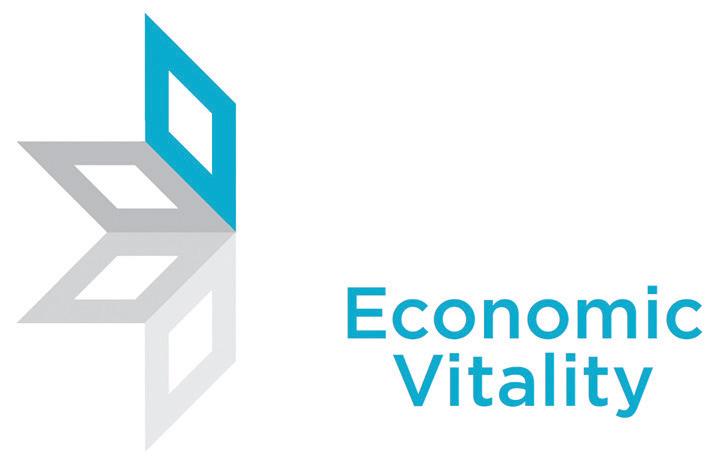Impact and Measurement To succeed, Main Street must show visible results that can only come from completing projects – both shorter- and longerterm activities that add up to meaningful change. Activities aligned with shorter-term strategies focus on highly visible changes that are a reminder that the revitalization effort is under way and succeeding, helping to secure buy-in from community members and rallying volunteers. Placemaking strategies – actions that focus on what can be achieved “lighter, quicker, and cheaper” – are particularly effective and important in energizing the community and demonstrating short-term progress. While shorter-term, Main Streets must be highly visible activities are able to demonstrate critical to Main Street’s a wide use of success, communities must also sustain focus resources, which on implementing longertranslates to real term projects and activichange on the ground: ties that are the building new jobs added blocks for substantial to a Main Street, change over time. Identifynew businesses ing milestones for these opened, buildings longer-term projects can be important in creating a redeveloped, and sense of forward momennumerous other tum and reinforcing the metrics of success. community need for sustained focus on revitalization efforts. Coinciding with implementation is an equally important focus on measuring progress and results. Healthy Main Streets are built on a commitment to measure outcomes. We live in a time when public resources are scarce and competition for private resources is fierce. Main Streets must be able to demonstrate a wide use of resources, which translates to real change on the ground: new jobs added to a Main Street, new businesses open, buildings redeveloped, and numerous other metrics of success. The National Main Street Center, together with our partners at the Georgia Main Street Program, work to make measuring results on the local level easy and accurate.
THE GUIDING PRINCIPLES The National Main Street Center’s experience in helping reinvigorate commercial corridors across the country has shown time and time again that the Main Street Approach is a proven framework for helping communities succeed in their
8 | NEW MANAGER’S HANDBOOK | GEORGIAMAINSTREET.ORG
revitalization efforts. Building on the Main Street Approach, the following principles are a set of values that can help staff and volunteers articulate a Main Street program’s mission and focus energy. These principles are an easily understandable, common-sense teaching tool and can be tailored depending on community priorities and needs. Comprehensive: No single focus – lavish public improvements, name-brand business recruitment, or endless promotional events – can revitalize Main Street. For successful, sustainable, long-term revitalization, a comprehensive approach, including activity in each of Main Street’s Four Points, is essential. Incremental: Baby steps come before walking. Successful revitalization programs begin with basic, simple activities that demonstrate “new things are happening” in the commercial district. As public confidence in the Main Street district grows, and participants’ understanding of the revitalization process becomes more sophisticated, Main Street can tackle increasingly complex problems and more ambitious projects. This incremental change leads to a much longer-lasting and dramatic positive change in the Main Street area. Self-help: No one else will save your Main Street. Local leaders must have the will and desire to mobilize local resources and talent. That means convincing residents and business owners of the rewards they’ll reap by investing time and money in Main Street – the heart of their community. Only local leadership can produce long-term success by fostering and demonstrating community involvement and commitment to the revitalization effort. Partnerships: Both the public and private sectors have a vital interest in the district and must work together to achieve common goals of Main Street’s revitalization. Each sector has a role to play and each must understand the other’s strengths and limitations in order to forge an effective partnership. Identifying and capitalizing on existing assets: Business districts must capitalize on the assets that make them unique. Every district has unique qualities like distinctive buildings and human scale that give people a sense of belonging. These local assets must serve as the foundation for all aspects of the revitalization program. Quality: Emphasize quality in every aspect of the revitalization program. This applies to all elements of the process – from storefront designs to promotional campaigns








